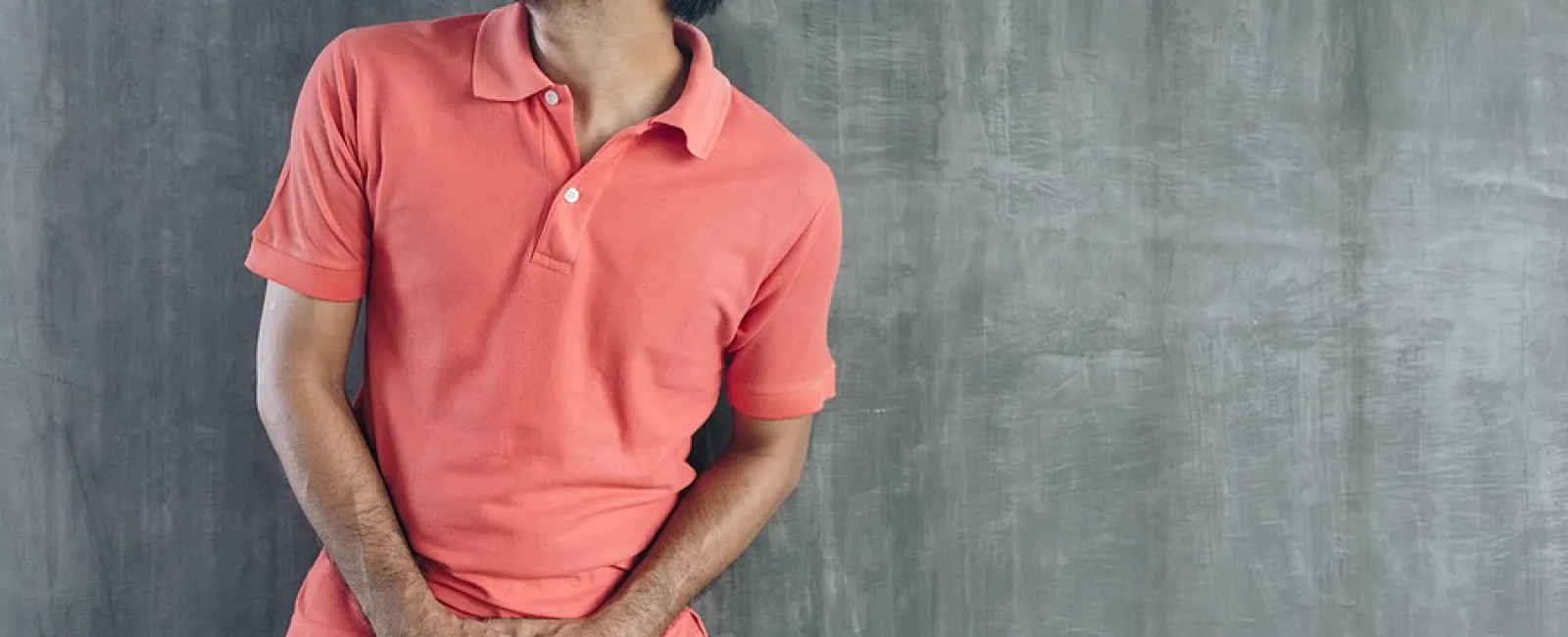Waking up multiple times at night to pee or feeling an urgency to go during the day can be signs of overactive bladder. You may experience leakage or feel like you have to go again shortly after visiting the bathroom. These symptoms can be embarrassing, but they’re very common. What is the main cause of an overactive bladder, and what can individuals do to treat these symptoms?
What is an overactive bladder?
Overactive bladder is not a disease, but a group of urinary symptoms that affect the bladder, according to the Urology Care Foundation. These symptoms point to a number of other conditions and causes.

As many as 30 percent of men and 40 percent of women experience frequent urination, which can cause diminished quality of life or a feeling of embarrassment. In fact, the National Association for Continence (NAFC) estimates overactive bladder affects 33 million people in the U.S. alone.
The reasons for overactive bladder becoming an issue vary wildly; however, most people experience many of the same symptoms.
Symptoms of an Overactive Bladder
- Sudden, uncontrolled urge to urinate
- Leakage when the urge to urinate is felt
- The urge to urinate many times, more than eight times in a 24-hour period
- The sudden urge to urinate after just emptying the bladder
- Waking up more than three times at night to urinate
When a person wakes up more than three times at night to pee, this is called nocturia. According to the NAFC, roughly one in three adults make at least two trips to the bathroom every night.
Nocturia occurs when there is an overproduction of urine. The urine volume at night is greater than 20-30 percent of the total 24-hour urine volume.
What causes overactive bladder?
Causes range from easily treated conditions to more complex diseases.
Possible Overactive Bladder Causes
There are many different contributing factors that can lead to this condition:
- Urinary tract infections (UTIs)
- Diabetes
- High blood pressure
- Heart disease
- Sleep disorders
- Nerve conductor issues
- Weakened pelvic floor muscles
- Tumors
- Bladder stones
- Strokes and neurological disorders
- Constipation issues
- Incomplete bladder emptying
- Hormone changes in women
- Enlarged prostate gland in men
Overactive bladder in men may indicate enlarged prostate gland or potentially prostate cancer, so it’s important to get screened.
Risk Factors
Other factors may also contribute to the condition, but not directly cause it. Drinking caffeine, alcohol, or excessive fluids before bedtime may exacerbate the condition.
Changing your diet can also help with symptoms. Reducing or eliminating caffeine, alcohol, chocolate and carbonated drinks may help relieve symptoms. Make sure your diet is rich in protein, fruits and vegetables. Avoid drinking liquids late in the day.
What are some possible treatments?
What can you do if you experience symptoms of overactive bladder? Contact a doctor to help you evaluate the condition and determine an underlying cause. There are some treatments that are successful in reducing or eliminating the symptoms.
If the underlying cause is a severe urinary tract infection, antibiotics may be helpful. If the underlying cause is an enlarged prostate, tumor, or other major conditions, different treatments may be necessary, including surgery. Some medications are also helpful in reducing symptoms of overactive bladder, but other treatments have also been shown to be effective.
For situations that don’t have a specific root cause, these types of treatments have been tried:
- Botox: Research from the Indian Journal of Urology indicates botulinum toxin (Botox) injections helped to reduce symptoms of overactive bladder in a majority of patients who underwent the treatment. Nearly 90 percent of women who have overactive bladder symptoms also have neurogenic detrusor overactivity, which can be a result of injury or other neurological diseases. Botox injections into the detrusor muscle within the bladder wall help to reduce the muscle’s overactivity.
- Nerve Stimulation: Another effective treatment includes percutaneous saphenous nerve stimulation, often referred to as percutaneous tibial nerve stimulation or PTNS. During this treatment, a small electrode is inserted into one of the major nerves in the leg which is also related to bladder function. Then electrical stimulation is applied for 30 minutes several times per week for 12 weeks.
- Electroacupuncture: This is another treatment method that may be helpful to treat symptoms. A review of ten randomized controlled trials with 800 patients indicated electroacupuncture may be effective to improve nocturia and help reduce and relieve the symptoms of frequent urination.
- Pelvic floor muscle training (PFMT): Exercises are also another treatment for the condition. Focusing on voluntary pelvic floor muscle contraction can help control bladder function. PFMT was effective to help reduce incontinence, the urgency and frequency of urination, and reduce nocturia. It can also be combined with other treatments to help prevent symptoms.
It is important to speak with a doctor about your symptoms to determine the underlying cause and explore potential treatments so you don’t have to live with a condition that can be difficult to manage on your own. If you think you may be affected by overactive bladder or nocturia contact the doctors at Advanced Urology for a screening and to get help treating symptoms.

